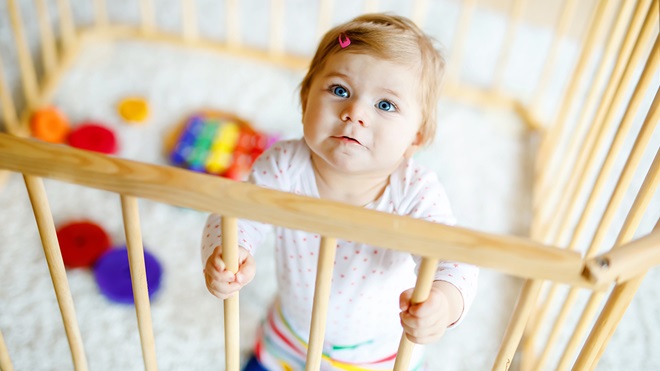There is currently no mandatory or voluntary Australian standard for playpens - unlike for cots, strollers or high chairs.
Yet our playpen reviews have found some that can pose potential safety risks to your child. These range from relatively minor hazards such as sharp edges or protrusions to bump themselves on, to major hazards such as a gate that the child could easily open, climbing footholds and gaps that can trap a head or limb.
On this page:
We're on your side
For more than 60 years, we've been making a difference for Australian consumers. In that time, we've never taken ads or sponsorship.
Instead we're funded by members who value expert reviews and independent product testing.
With no self-interest behind our advice, you don't just buy smarter, you get the answers that you need.
You know without hesitation what's safe for you and your family.
And you'll never be alone when something goes wrong or a business treats you unfairly.
Learn more about CHOICE membership today
Types of playpen
Playpens come in several shapes and sizes: square, rectangular, hexagonal and more. They may be made from wood, metal, or plastic; some have mesh or fabric walls. Many are modular, so you can add extra wall sections to expand the playpen to suit your room. They can often be used as a fence to screen off a section of the room, or to protect your toddler from a fireplace or other dangerous area.
Portacots can also serve as a playpen, but they are comparatively small so they're usually only an option for short periods and for very young toddlers.
To fence off a doorway or stairs, you will probably find a safety gate or barrier more useful.
Safety
What to look for in a playpen
- Walls at least 50cm high, to prevent your child climbing out or falling.
- Strongly built, stable and resistant to lifting or tipping.
- Certification to a standard: while there's no Australian standard, some playpens are certified against the European standard EN 12227 or the American standard ASTM F1004.
What to avoid
- Small parts or objects that can be swallowed or inhaled.
- Sharp corners, edges and points.
- Projections that can injure a child when it bumps into them.
- Projections and openings that can entangle a child's clothing and create a strangulation hazard.
- Gaps and openings that can trap a child's finger, limbs or head. Gaps should be between 50mm and 95mm – larger gaps can trap the child's head – or between 12mm and 30mm.
- Moving or rotating components that can injure a child when a part of the child's body gets in them.
- Footholds that a child could use to climb out.
Other features to look for
Multiple configurations
Some playpens can be set up in various configurations, which could be useful for sectioning off out-of-bounds areas such as fireplaces, or to fit rooms of various sizes. You may need to buy extra wall sections separately. Make sure the wall sections lock together securely.
Gate
A gate is useful as it means that you don't have to lift your child up over the sides. It should be too hard for a child to open, but safe and convenient for you.
Cost
Playpens cost from about $60 to over $250.
Stock images: Getty, unless otherwise stated.



